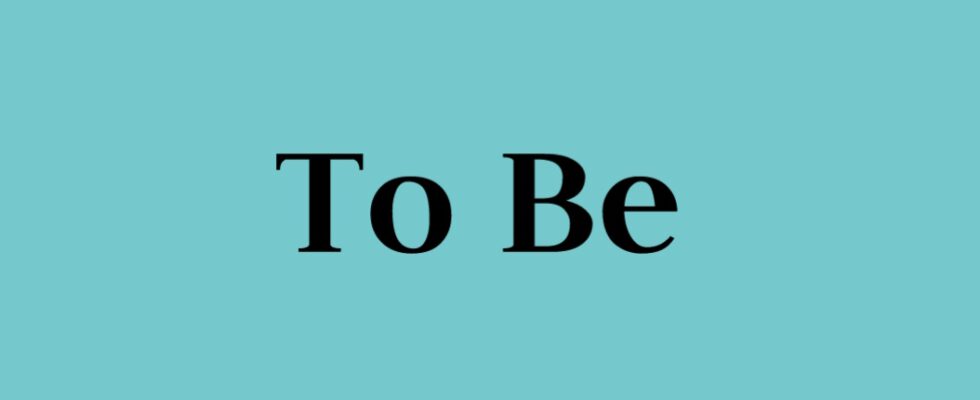In this lesson, we focus on the form and use of the verb “be” with example sentences.
To be verb
In English we can use the verb “be” as an auxiliary verb or an ordinary verb. So, “to be” is converted into “am, is, are, was, were and been” that are based on the tense and the subject of the sentences.
Be as an auxiliary verb
“To be” is used in the tenses as an auxiliary verb.
Am, is, are as an auxiliary verb
We can use “am”, “is” and “are” as an auxiliary verb in the present continuous tense.
The subject “I” is used with “am”, and the subject “he, she, it” and singular subjects are used with “is” whereas the subjects “we, you, they” and plural subjects are used with “are”. So check the sample sentences below:
- I am doing homework.
- You are watching tv.
- He is sleeping now.
- She is going to school.
- It is raining.
- We are studying English.
- You are listening to music.
- They are playing soccer.
- Thomas is preparing breakfast.
- Peter and Jane are coming here.
We can form negative sentences by adding “not” to the auxiliary verbs “am, is, are”. Also the auxiliary forms “is not” and “are not” can be combined as “isn’t” and “arent”.
- I’m not going to the hospital.
- He isn’t doing exercises.
- They aren’t plsyinf chess.
Also, we can use “to be” in passive sentences of present simple and present continuous tense. Check the sample sentences.
- It is made by us.
- It is being made by them.
Was, were as an auxiliary verb
We can use “was” and “were” as auxiliary verbs in the past continuous tense.
The subjects “I, he, she, it” and singular subjects are used with “was” whereas the subjects “we, you, they” and plural subjects are used with “were”. So, check the sample sentences below:
- I was doing homework.
- You were watching tv.
- He was sleeping now.
- She was going to school.
- It was raining.
- We were studying English.
- You were listening to music.
- They were playing soccer.
- Thomas was preparing breakfast.
- Peter and Jane were coming here.
We can form negative sentences by adding “not” to the auxiliary verbs “was, were”. Also, the auxiliary forms “was not” and “were not” can be combined as “wasn’t” and “weren’t”.
- I wasn’t sleeping at that time.
- She wasn’t feeding the cat.
- They weren’t watching tv.
“To be” is also used in passive sentences of past simple and past continuous. So, check the sample sentences.
- It was made by us.
- It was being made by them.
Be as an ordinary verb
“To be” is also used as an ordinary verb in order to give information about someone or something, or to inform the existence of an object or a person. So check the sample sentences below related to the use of be as an ordinary verb:
- I’m a teacher.
- He’s a student.
- It’s a cat.
We can use “to be” so as to describe a person or an object by using adjectives. So let’s check the samples.
- She is pretty.
- It is beautiful.
- We are happy.
- We will be successful.
Also we use “to be” in order to express the age:
- I’m 30 years old.
- It is 700 years old.
We can use “to be” so as to express the price of something:
- That car is $20.000.
- It is about ₺10.000.
To sum up, we can use the verb “to be” as an ordinary or main verb:
- before nouns
- before adjectives
- before prepositional phrases
- before time expressions
- and to express weight, age, size, distance etc.
The present forms of “be” as an ordinary verb are “am, is, are” and the past forms are “was, were”.
- I’m in London this week.
- I was in Paris last week.
- He is an hardworking student.
- He was lazy last year.
Click the following link in order to test your knowledge about “be”.

Hi, this is a comment.
To get started with moderating, editing, and deleting comments, please visit the Comments screen in the dashboard.
Commenter avatars come from Gravatar.